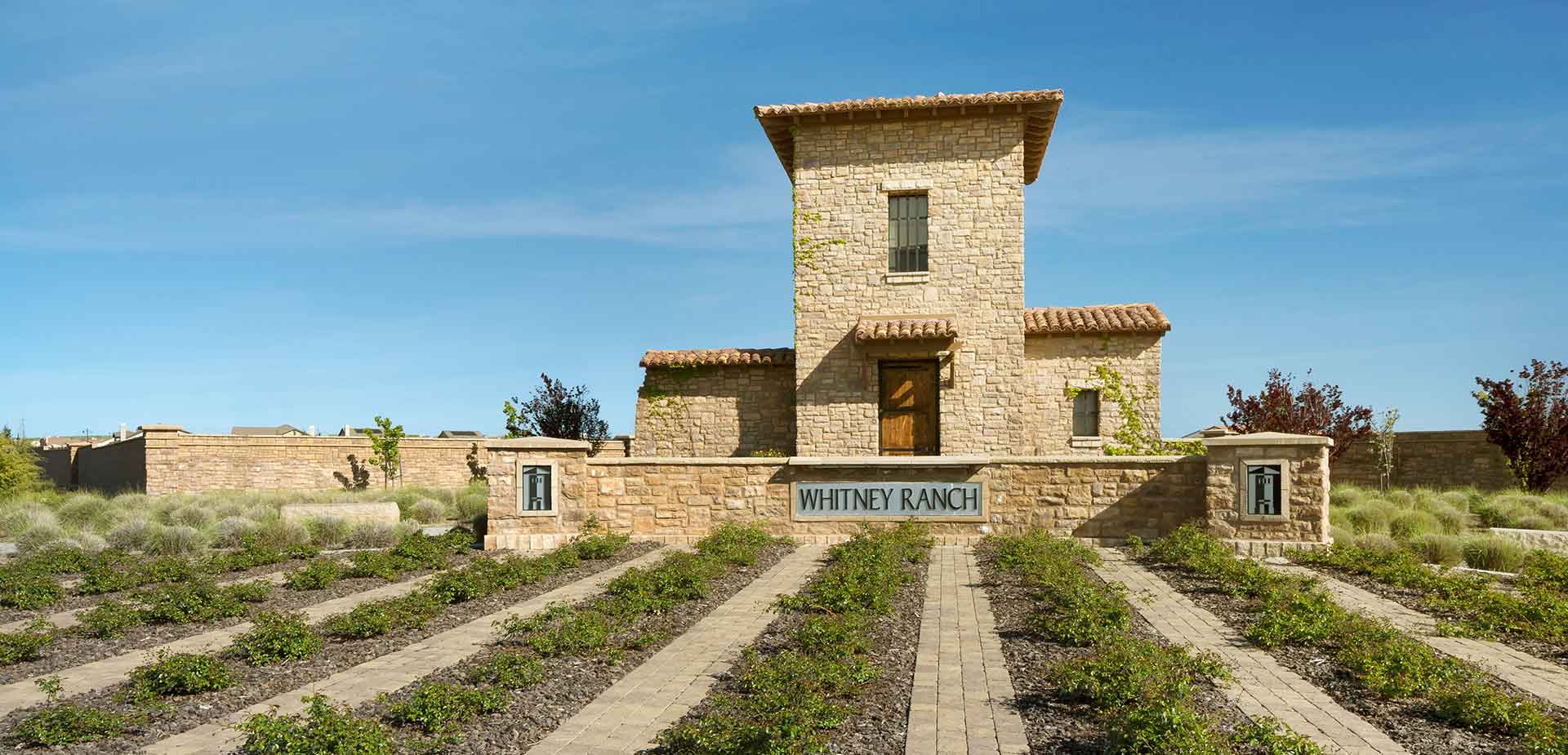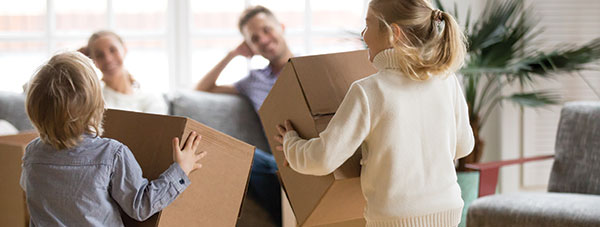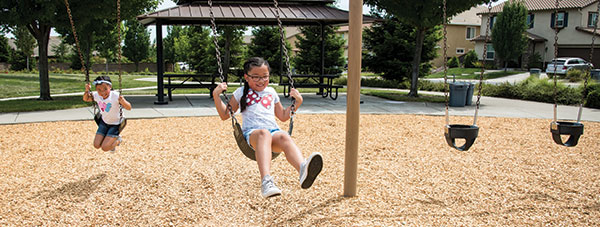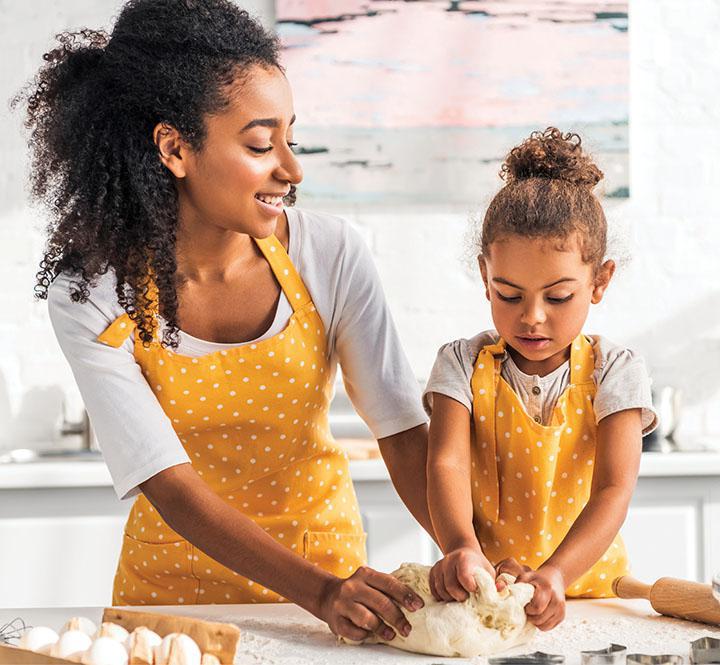Composting Donating And Eating Sustainable Living At Home
Tuesday, August 4th, 2020
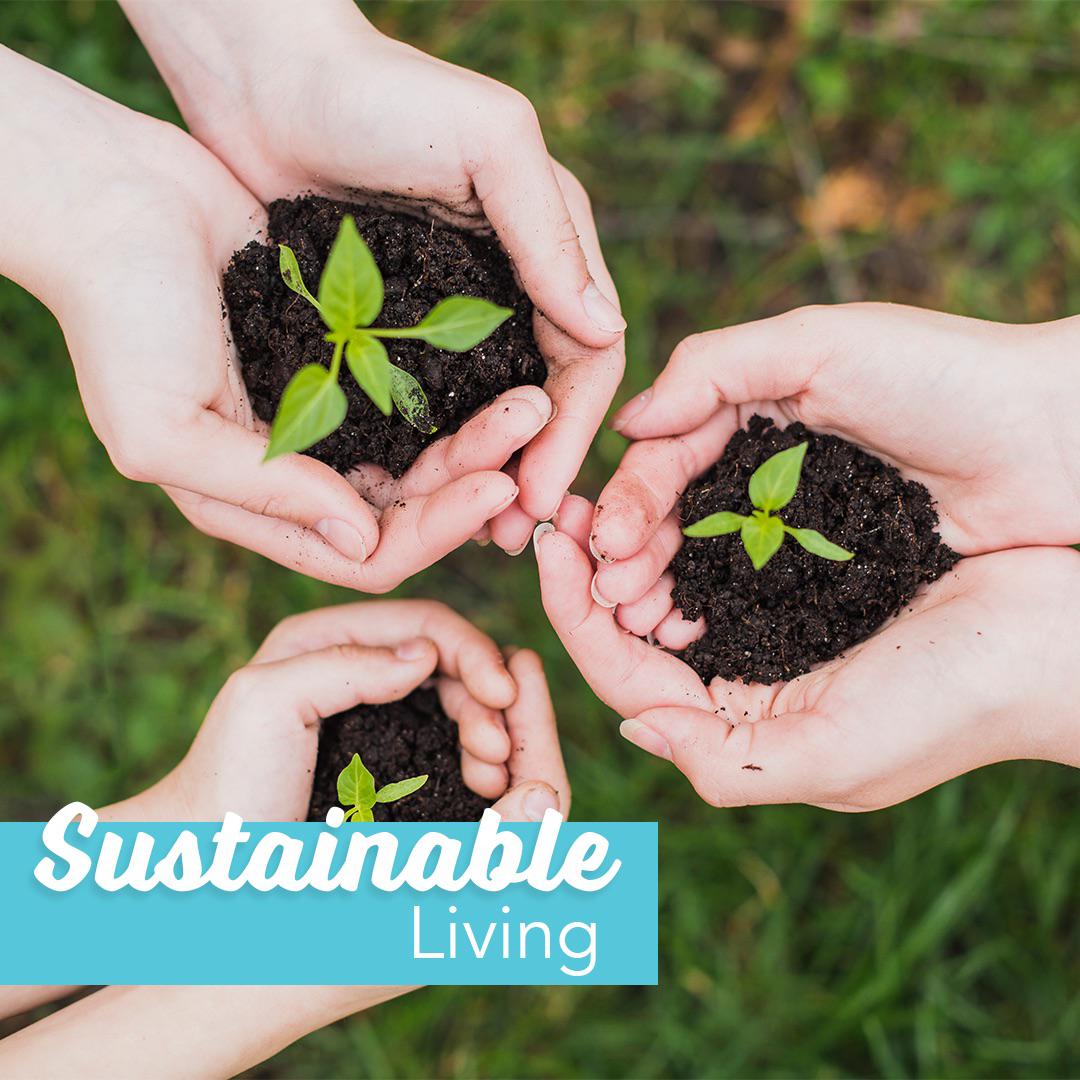
We have such an exciting and research-packed blog for you this week! We are talking about sustainable living at home. With the global temperature increasing and an annual rise in global emissions, we are going to break down six things you can easily do at home that can have a huge positive impact on the environment.
Making just a few (if not, all) of these sustainability efforts in your home won’t take much effort, time, or money, and most of them can be a fun activity for the whole family. Living greener is in style – and can result in a better future for our children and grandchildren.
Home Gardening
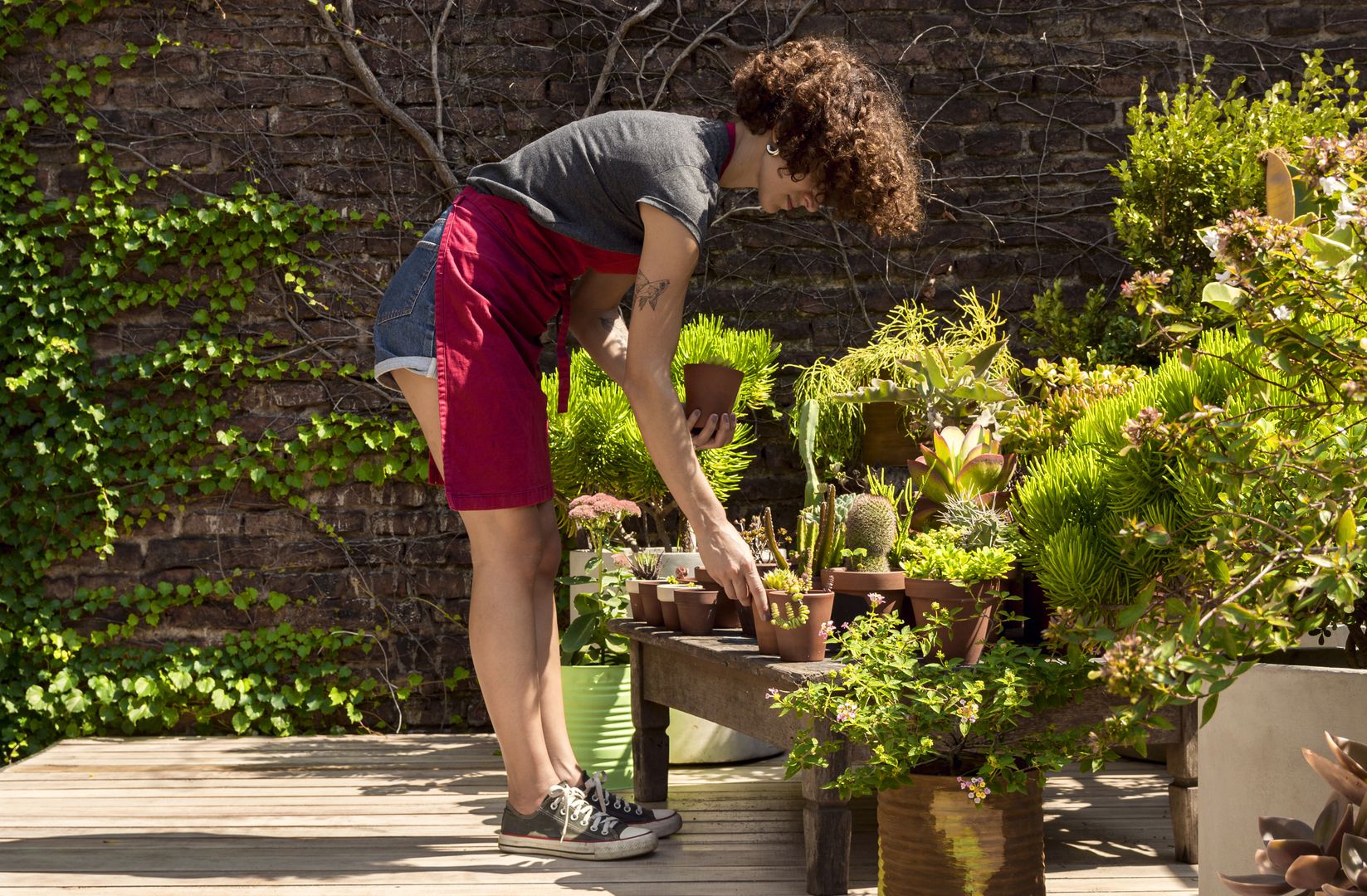
Nothing is more rewarding than a home garden. A home garden allows you to grow food right in your backyard, enjoy the freshest ingredients, and save you money on the grocery bill. If you don’t have soil for a garden in your backyard, invest in a long rectangular gardening pot, windowsill pots, or hanging planters so your garden can be transportable and match your home’s design.
This August, the fruits and vegetables that are seasonal in California are berries, grapes, melons, broccoli, cauliflower, summer squash, tomatoes, and more! Having a garden gives you a sense of accomplishment and pride when you start seeing plants sprouting, and reduces plastic use you’d otherwise carry out at the grocery store. Go green and start your garden this week! Check out this guide for more steps on what to buy and how to design your dream garden.
Composting
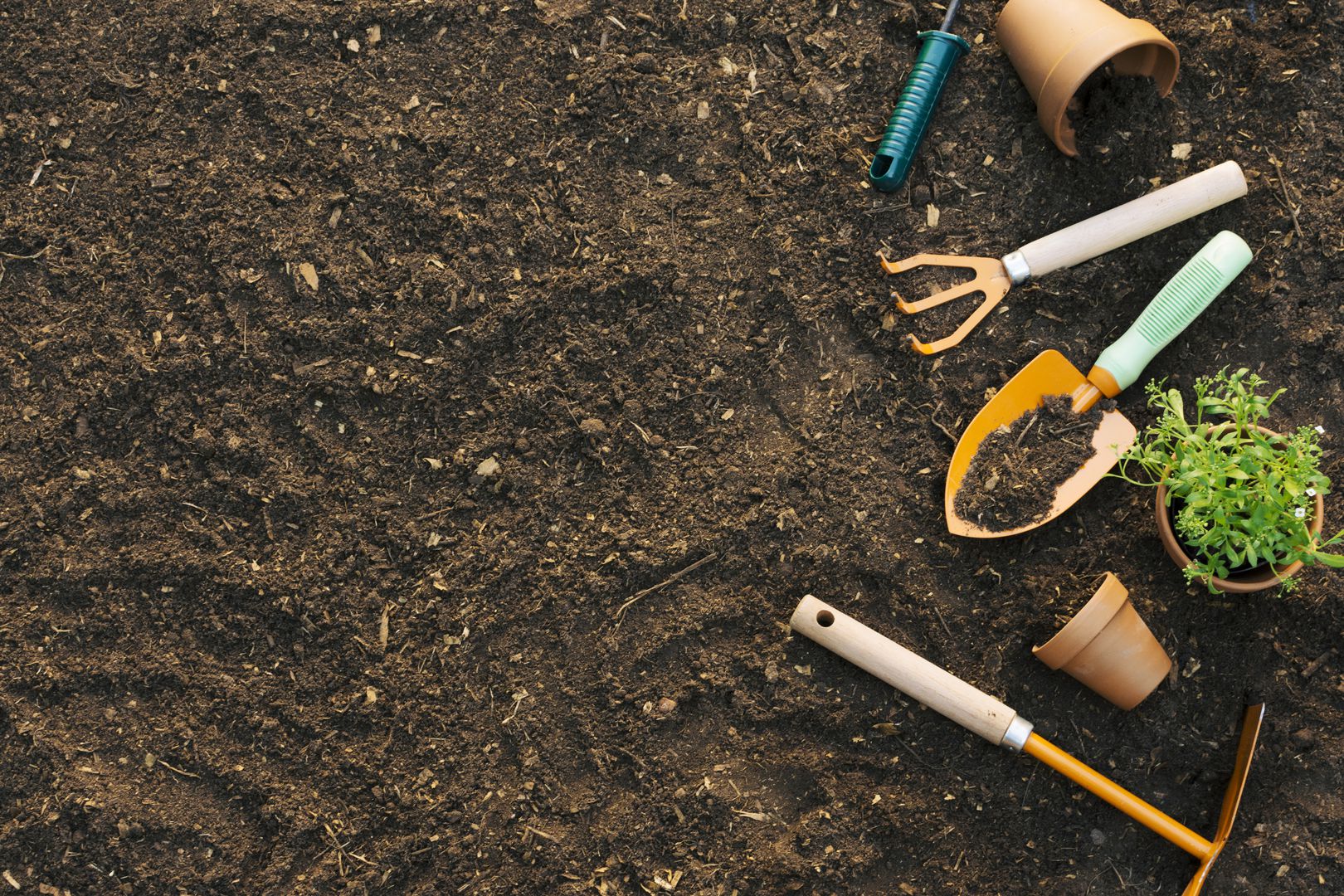
We are used to having access to trash and recycling in the home, but what is compost? Compost is organic material that is broken down to use as fertilizer. In the easy form, compost is all food waste that you don’t eat. Good examples include banana peels, apple cores, mango peels, egg shells, rice, tea bags, and coffee grounds. But why does it matter? Composting can keep food out of landfills, which would otherwise produce high amounts of methane greenhouse gas. Composting can ultimately help fight climate change, is fantastic for your garden, and is easy!
Here’s how to do it. Set up a little bin in your home that is specifically for composting, and when clearing your plates after dinner, discard the proper food waste into the compost bin. A good compost bin has a mix of brown and green materials, like wood, paper, dried grass, and fall leaves (brown) and food scraps, fresh grass, and plant clippings (green). Your compost needs a mix of both. Keep your compost bin hydrated by adding water (just to the point of being damp) and mix occasionally to speed up the composting process. After your compost bin is full, you can use this food waste in your garden, as fertilizer in your plants at home, or as a donation to your local community garden. Check out this article for a breakdown of all of the steps. Compost is extremely nutrient-dense and your plants will thank you for all of that delicious “food.” Start this week!
Lessons with the Kids

Have conversations with your kids about energy usage and emphasize how small things can make a big difference. Talk to them about keeping their shower to a reasonable amount of time. The average shower is eight minutes so have them try and reduce their showers to six minutes. Each minute in the shower is about 2.5 gallons of water (https://wapo.st/30ZV9o8), so imagine how much money you could save! There are even shower heads that automatically reduce the amount of water used, and can lower families’ water bills. Talk to your kids about turning off the lights when they leave their rooms/the house to save power. This ultimately saves you money, and is better for the planet!
Shop Local / Farmers Markets – It’s Fresh!
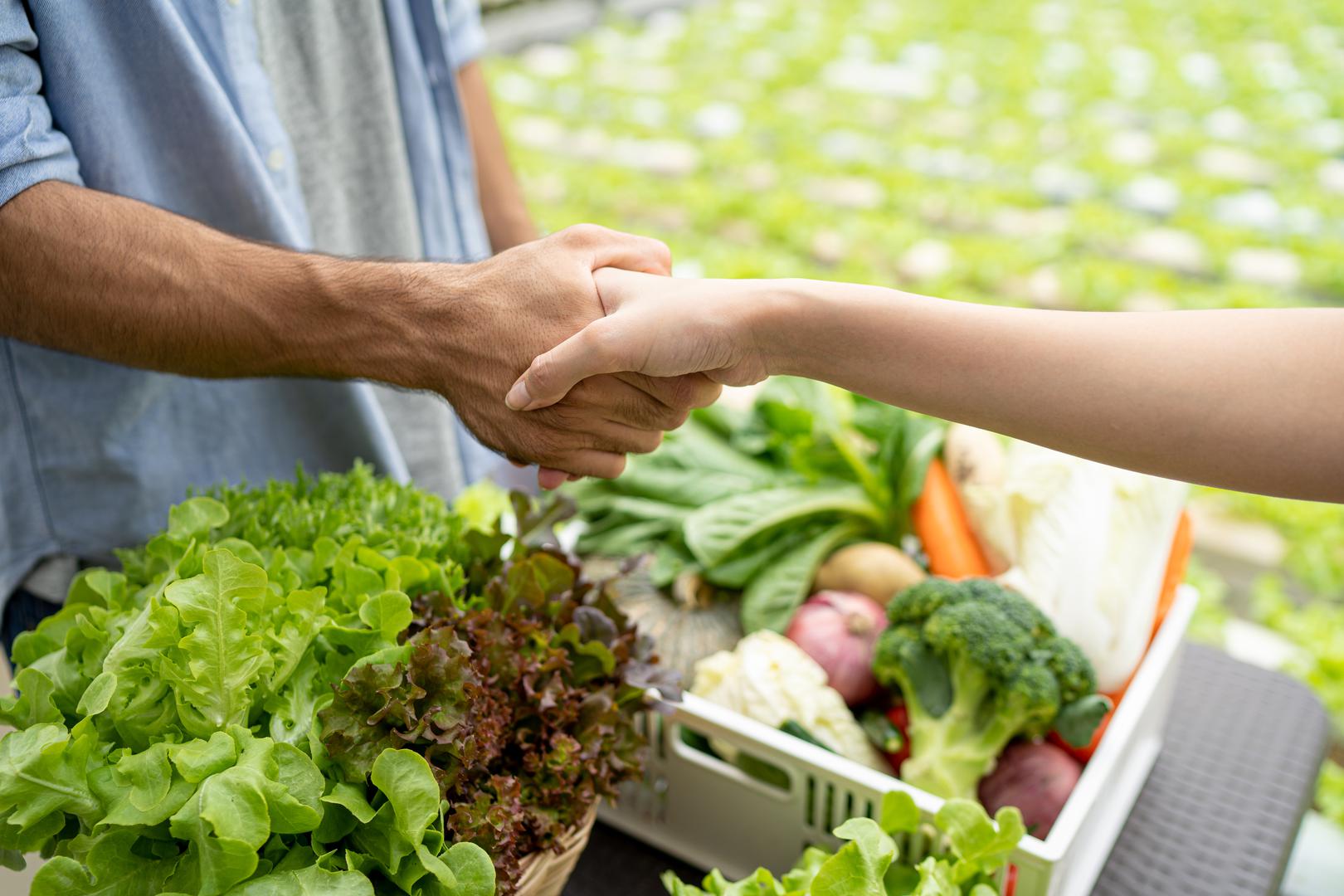
Shopping locally is so good for you! Food delivery services such as HelloFresh, Home Chef, Blue Apron, and more only deliver local produce for the freshest ingredients. Farmers markets support your local farmers, encourage the use of reusable bags, and minimize the waste and pollution in comparison to huge produce farms. Try out local produce this week!
Shopping from local farmers is also an amazing opportunity to try eating more plant-based recipes. In 2018, the meat and dairy industry surpassed the oil industry as the world’s biggest polluter. A study from The Guardian found that 18% of calories and 37% of protein are provided by meat and dairy, a massive 83% of farmland is used for their production and is responsible for 60% of agriculture’s greenhouse gas emissions (). Opting for plant-based meals is the single-best thing you can do for the environment, and can be SO tasty! (Sneak peek: We’ll be sharing some of our favorite plant-based recipes in an upcoming blog post, so stay tuned!)
Try out this Ecological Footprint Calculator at home with your family to see how you are doing on your journey for a greener lifestyle!
Advocate for Working from Home with Your Employer Post-Quarantine

Nitrogen dioxide emissions in the United States declined 25.5% during the quarantine from March 13 to April 21 alone, giving Americans a window into what large-scale changes will be needed to further reduce climate change (sciencedirect.com). This begs the question, in a post-COVID-19 era, how does working from home play a role in the continued reduction of these emissions? Many Americans have some sort of commute to work. Whether it’s 20 minutes or two hours, commuting contributes millions of tons of CO2 annually (resiliance.org). Working from home has the potential to save you hundreds of dollars on gas and hours of time, and will significantly reduce the amount of vehicle pollution going into the atmosphere each year. If you are able to advocate for working from home, you’ll be getting one step closer to reducing your carbon footprint, and setting a precedent for other companies to follow suit.
Clear Out the Closets – Donate!
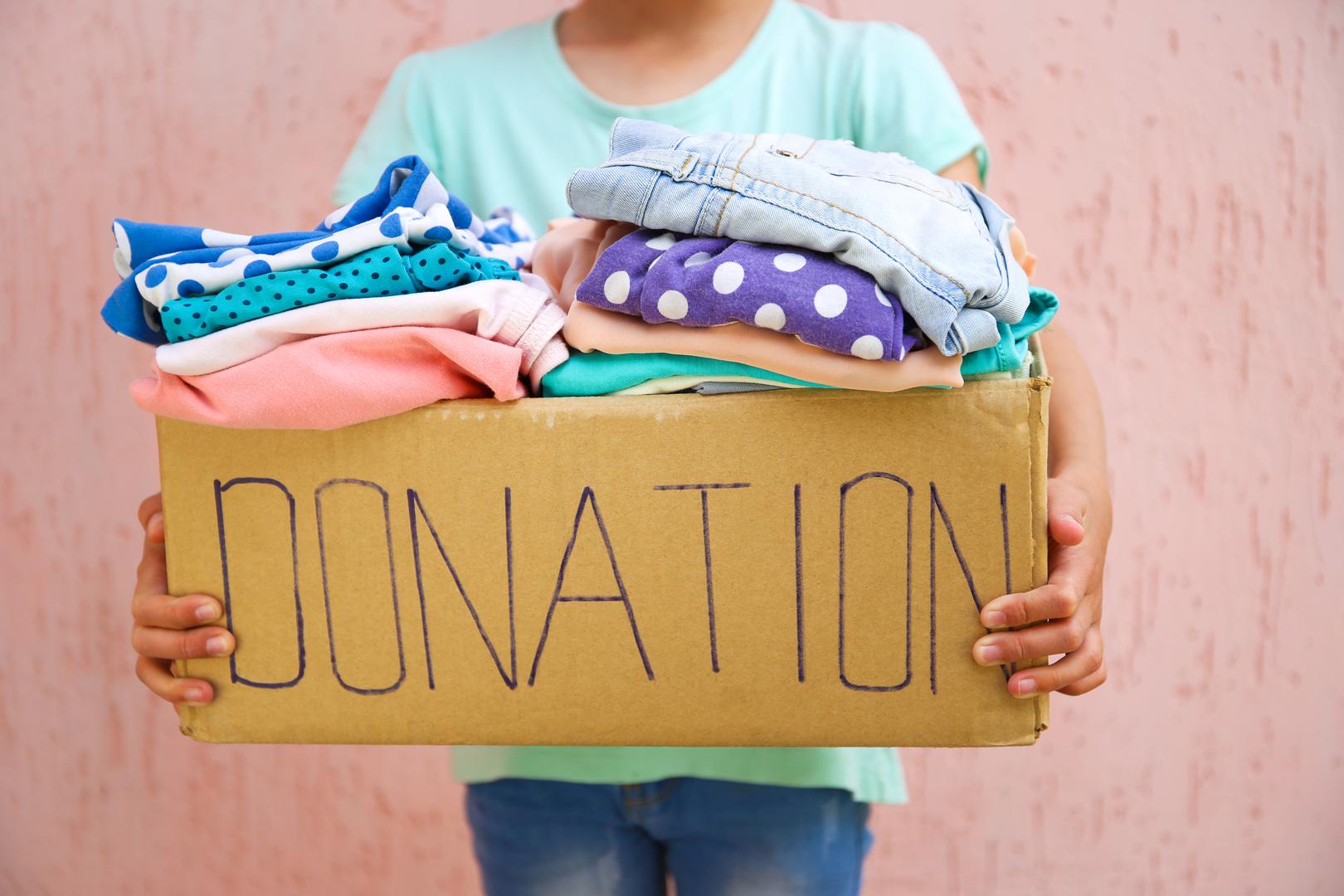
Sit down with the kids and go through their closets. Decide what they love, need, and want and donate the rest to a local thrift store or Goodwill. Donating clothes can save the environment from a lot of harm. When clothes go to a landfill, it releases toxic greenhouse gases into the atmosphere, when those clothes could have gone to someone else in need (bankvogue.com). You know what they say – one person’s trash is another’s treasure! The fast fashion industry is a leading cause of global emissions, and donating your clothes can be an easy thing you can do to help the environment. In addition, consider altering/mending clothes at home to create a one-of-a-kind piece, or purchasing from fair trade clothing brands. Make it crafty – and make it sustainable!
These are just six ways to live more sustainably in your home, and we’d challenge you to do your own research and discover more ways to do your part. If we each do something small every week, we can create a huge impact in our community at Whitney Ranch and our world. Have a great week everyone and happy composting!
